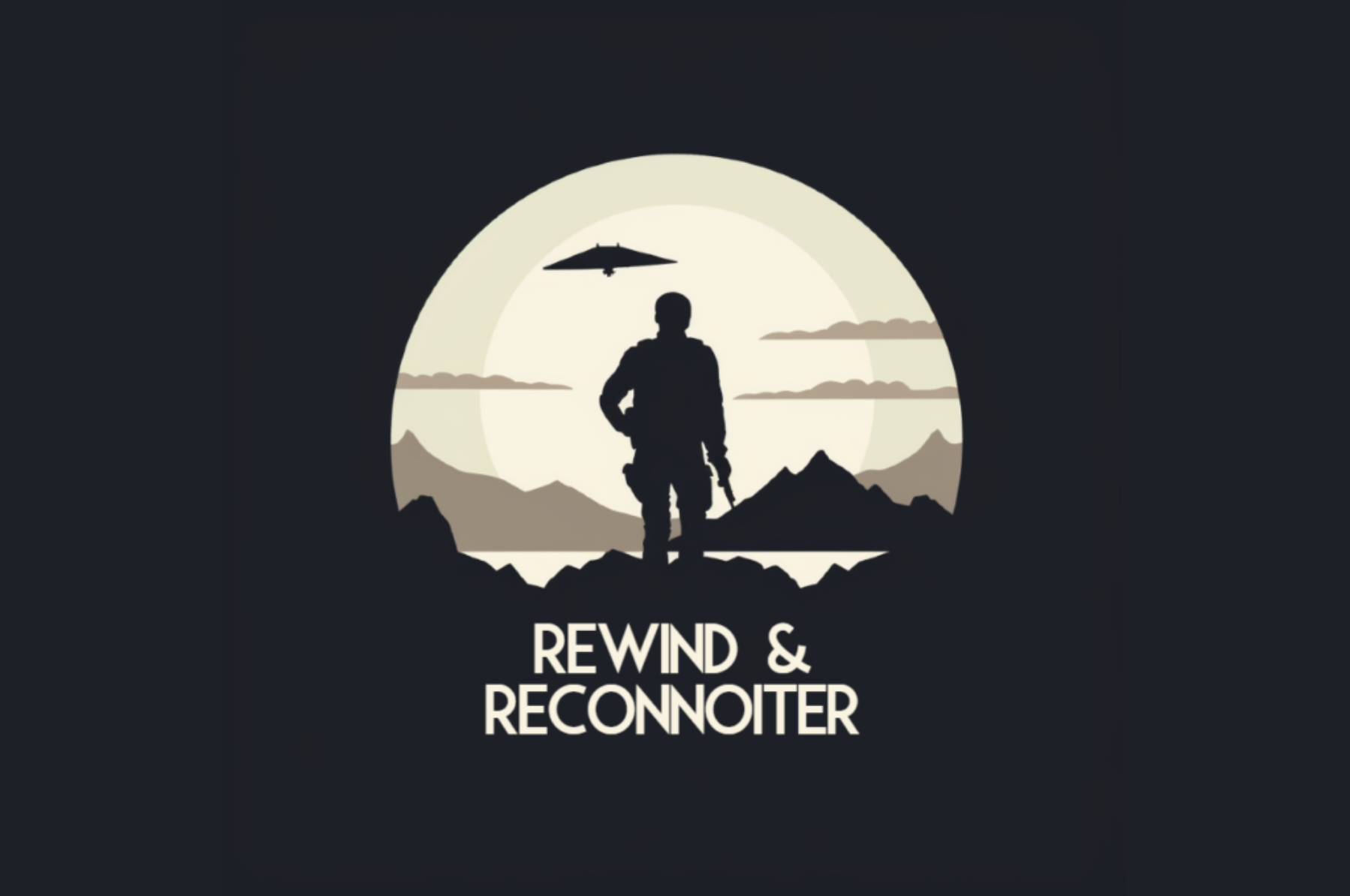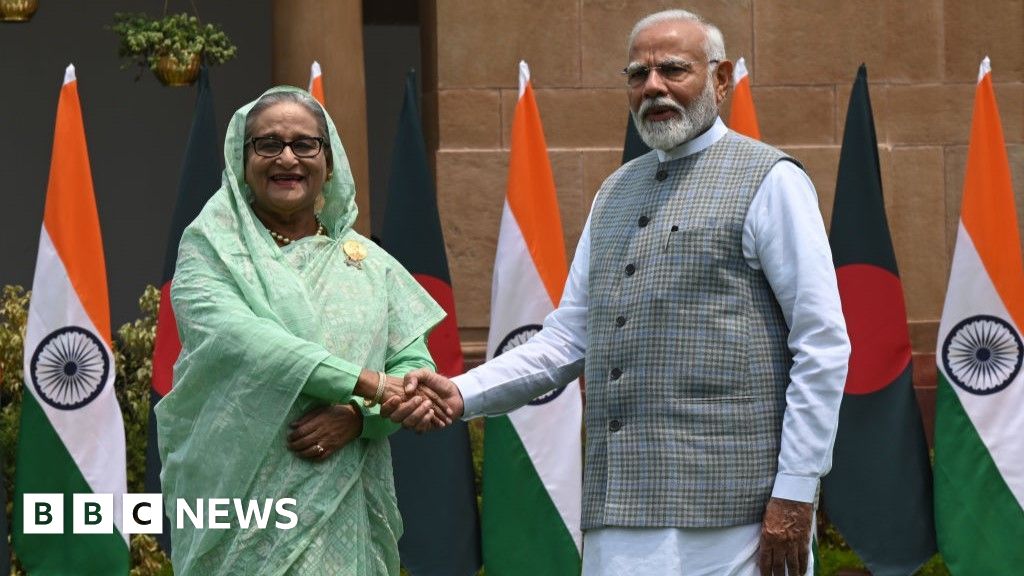Six months in, Innovate Local has 160 members from more than 40 countries
2024-08-27. Innovate Local, WAN-IFRA’s new programme, empowers local news through innovation and the sharing of actionable ideas within the community. During our recent Congress, local media executives discussed their approaches to succeeding in the changing digital landscape, from data-centric journalism to AI-driven automation. The post Six months in, Innovate Local has 160 members from more than 40 countries appeared first on WAN-IFRA.

Innovate Local is growing. Launched in February this year, the programme has 160 registered members from 130 different local media companies in 43 countries.
The format is simple: media professionals present their successful projects and cases during bi-weekly webinars (Wednesdays) and share their learnings with their peers.
During a panel discussion at our recent World News Media Congress in Copenhagen, local media leaders from Hearst News, Bonnier News Local, and Amedia shared insights into how their organisations are adapting to the changing landscape of journalism.
The conversation highlighted diverse strategies, challenges, and opportunities as local media grapples with the shift from print to digital.
The print-to-digital dilemma
Patty Michalski, Senior Vice President of Content and Innovation at Hearst News, highlighted the importance of efficiency over the complete cessation of print.
“Print is just another platform for us,” Michalski said. “It’s not about stopping print; it’s about handling it efficiently while balancing digital and other platforms.”
In contrast, Pia Rehnquist, Business Area Manager at Bonnier News Local in Sweden, acknowledged the inevitability of transitioning away from print.
“It’s essential to plan for this transformation responsibly,” Rehnquist said. Bonnier News Local operates about 50 titles across Sweden, and Rehnquist pointed out that the future likely involves reducing print editions while enhancing digital offerings.
Markus Rask Jensen, Director of News at Amedia in Norway, said that his organisation is already making significant changes.
“This year, we’re reducing print frequency considerably. By year-end, only a few titles will publish six days a week, with the majority reducing to three or fewer days,” Jensen added.
Amedia’s focus is on ensuring that as print diminishes, digital engagement increases.

Rehnquist said that Bonnier News has implemented AI in half of its newspapers, ‘automating up to 75% of their processes.’
Embracing AI and digital solutions to offer diverse formats
Amedia has also streamlined its operations by reducing the number of printing facilities. “We now have three or four printing locations, having sold distribution rights to Schibsted,” Jensen said.
Rehnquist discussed Bonnier’s commitment to integrating automation in page editing for print.
“We have implemented AI automation in half of our newspapers, automating up to 75% of their processes. We started this year, and it’s going really well,” Rehnquist noted.
This automation not only reduces costs but also supports the e-paper format, which Rehnquist believes will outlast traditional print.
Michalski affirmed Hearst News’s approach to digital editions. “We maintain digital editions alongside our print and other platforms,” she said.
Michalski highlighted the importance of adapting to audience preferences by offering diverse formats and ensuring high-quality digital products.
Innovative storytelling and audience engagement
The panellists also explored how local media organisations are innovating in storytelling and audience engagement.
Michalski noted Hearst’s use of data journalism and story templates. “We focus on creating scalable storytelling formats that cater to varying audience needs,” she explained. This includes developing story templates that can be adapted across different markets.
Meanwhile, Jensen emphasised the importance of format diversity. “We need to present news differently based on the time of day and the audience’s context,” he said. “The challenge is to balance scale with local relevance.”
Rehnquist shared Bonnier’s focus on understanding audience needs. “It’s not just about what we do but how we do it,” she said. “We constantly ask ourselves how to make our content relevant and valuable to our subscribers.”
Adapting to young audiences
Engaging younger readers remains a crucial challenge. Rehnquist highlighted a growing awareness among younger audiences of quality journalism.
“Younger readers are more discerning and have higher expectations,” she noted. “They demand good content and are less tolerant of subpar journalism.”
However, Jensen shared a different approach from Amedia: “One of our local newspapers has restricted access to data on readers over 40 to explore how it affects content decisions and audience behaviour. Early results suggest that older readers are engaging more with the content.”
Rehnquist added that Bonnier is also experimenting with audience engagement strategies. “Younger readers are particularly picky, and we need to cater to their specific needs and preferences,” she said.
Building sustainable business models
The panellists discussed various strategies for building a sustainable business model in the digital age.
Rehnquist mentioned Bonnier’s subscription model and its reliance on AI to enhance content and streamline operations. “We must keep evolving and finding ways to make our content valuable to subscribers,” she said.
Michalski suggested focusing on unique value propositions for subscribers. “In the USA, we are developing exclusive content and experiences for our digital subscribers,” she said. “Understanding what motivates our audience and delivering unique value is key.”
Jensen highlighted the importance of granularity in business models.
“We need to think more about how to attract and retain readers, even if they aren’t paying subscribers,” he said. “Balancing scale with local relevance is essential for success.”
The role of data and insights
The discussion also touched on the use of data and insights in guiding newsroom decisions. Michalski highlighted the importance of separating data from actionable insights.
“It’s not just about having data; it’s about interpreting it to create meaningful stories and strategies,” she said.
Jensen agreed, adding that integrating insights into daily newsroom operations is vital. “Our primary KPI is the number of subscribers who engage with our content daily,” he said. “This metric directly influences our editorial decisions and strategies.”
As local media continues to navigate the digital transformation, the panel discussion underscored the need for strategic adaptation, innovative storytelling, and audience engagement.
By leveraging digital tools, embracing new formats, and understanding audience needs, local media organisations can thrive in an increasingly digital landscape.
For more information about the Innovate Local programme and how to get involved, please visit www.innovate-local.org, or contact Martin Fröhlich, Director Digital revenue Network at WAN-IFRA, Niklas Jonason, Innovate Local Programme Director, or Cecilia Campbell, Innovate Local Programme Editor.
Read more of our Innovate Local publisher case studies here.
The post Six months in, Innovate Local has 160 members from more than 40 countries appeared first on WAN-IFRA.















